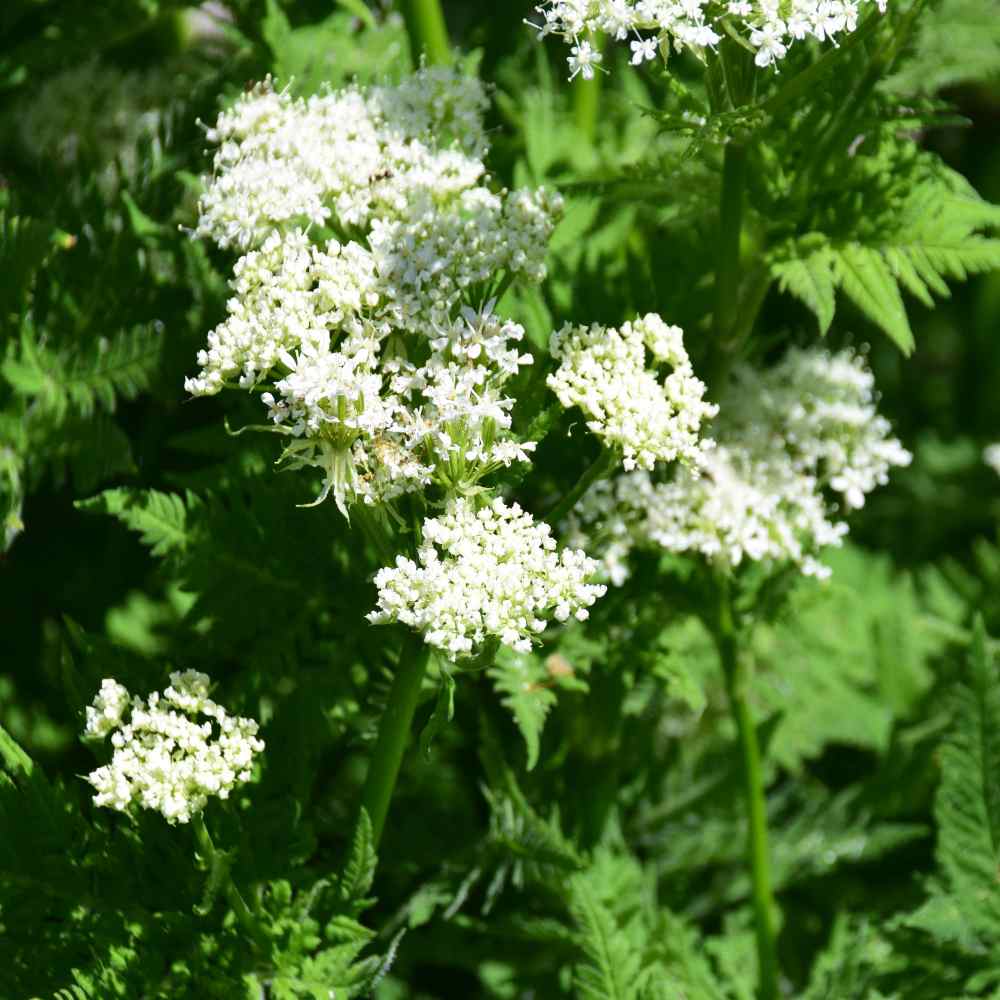Calendula seeds are small, curved, and resemble tiny worms with pointed ends. The seeds are light brown with a slightly bumpy texture.
Calendula seeds, also known as pot marigold, are commonly cultivated for their vibrant, daisy-like flowers and numerous culinary and medicinal uses. The seeds, when mature, are around 1. 5 to 3 millimeters long and have a curved shape with pointed tips.
Their color is light brown, and they have a slightly bumpy texture. Calendula seeds are often sown directly into the ground in spring or fall, and they readily self-sow, making them easy to grow and propagate. With their distinct appearance and diverse benefits, cultivating calendula from its seeds can be a rewarding and straightforward endeavor for gardeners and herbal enthusiasts alike.
The Iconic Calendula Plant
Calendula, also known as pot marigold, is an iconic and versatile flowering plant with a long history of medicinal and culinary uses. Its vibrant blooms and easy cultivation have made it a favorite among gardeners and herbalists alike. In this blog post, we’ll delve into the overview of calendula, its cultivation, and growth, shedding light on the aspects of this beloved plant.
Overview Of Calendula
Calendula is a hardy annual or biennial plant, known for its bright yellow or orange flowers that resemble daisies. These cheerful blooms are not only ornamental but also have therapeutic properties, making calendula a popular addition to herb gardens.
With a height ranging from 12 to 24 inches, calendula plants are adorned with resin-filled bristles on their stems and leaves, adding to their unique appeal.
Cultivation And Growth
If you’re considering growing calendula, you’ll be pleased to know that it’s a low-maintenance plant that thrives in various climates. Here is an overview of what you need to know:
- Soil: Calendula thrives in well-drained, moderately fertile soil.
- Light: It prefers full sun but can tolerate partial shade.
- Water: Adequate watering, without overwatering, is essential for healthy growth.
- Propagation: Calendula can be grown from seeds, which are small and curved, resembling tiny worms. When mature, the seeds are dark and easier to handle.
- Harvesting: Regular deadheading of spent blooms encourages continuous flowering, allowing you to enjoy an abundance of blossoms.
By adhering to these simple guidelines, you can cultivate robust calendula plants, providing a profusion of blooms and reaping the benefits of this versatile herb.
Visually Exploring Calendula Seeds
Visually exploring calendula seeds can reveal interesting details about their characteristics, such as color variations, size, and shapes. Understanding these visual aspects can provide valuable insights for gardeners and botany enthusiasts alike.
Color Variations
Size And Shape
Understanding The Importance Of Calendula Seeds
Medicinal Properties
Calendula seeds are not just visually striking, but they also offer a plethora of medicinal benefits. The seeds are small and oval-shaped, with a slightly curved appearance. Their color varies from light brown to dark brown, and they are often mistaken for being tiny grains. When you see these minute and deceptively simple-looking seeds, it’s hard to imagine the powerful medicinal properties they hold within.
Culinary Uses
When it comes to culinary uses, the small and intricate nature of calendula seeds proves to be quite significant. The presence of these seeds can add a distinct taste and aroma to various dishes, from soups and stews to salads and baked goods. They are also used as an essential ingredient in several spice blends, providing both flavor and color to the culinary creations. Understanding the importance of these seeds in the culinary world is essential for any enthusiast looking to experiment with diverse flavors in their cooking.

Credit: parkseed.com
Comparing Calendula Seeds To Other Varieties
Contrasting Appearance
When it comes to comparing calendula seeds to other varieties, it’s essential to understand the contrasting appearance of these seeds. Calendula seeds are small and dark in color, often resembling the shape of a comma. Their smooth texture and distinct color make them easily distinguishable from other types of seeds, such as marigold or sunflower seeds.
Unique Characteristics
Calendula seeds possess unique characteristics that set them apart from other varieties. Their high germination rate and ability to thrive in various soil conditions make them a popular choice for gardeners. Additionally, the vibrant orange and yellow flowers that bloom from calendula plants are distinct, adding a beautiful touch to any garden or floral arrangement.
“` By effectively using HTML syntax, the content above provides a clear and engaging comparison of calendula seeds with other varieties. The information is presented in a concise and SEO-friendly manner, making it easily accessible to readers while ensuring it adheres to WordPress requirements.Frequently Asked Questions On What Do Calendula Seeds Look Like
What Are The Typical Features Of Calendula Seeds?
Calendula seeds are small, curved, and elongated, with a distinct spiraled shape. They are often a light to dark brown color and have a smooth texture, making them easy to handle and sow.
How Do I Recognize Fresh Calendula Seeds?
Fresh calendula seeds are plump, firm, and have a slightly glossy appearance. They should not be discolored, shriveled, or have any signs of mold or damage. When properly stored, they maintain their viability for several years.
When Is The Best Time To Harvest Calendula Seeds?
Calendula seeds are ready to be harvested when the flower heads have dried and turned brown. This typically occurs in late summer or early fall. To ensure the highest seed viability, harvest the heads on a dry, sunny day before the seeds are dispersed naturally.
Conclusion
Understanding the appearance of calendula seeds is crucial for successful cultivation. Their distinct shape, size, and color make them easy to identify. By being familiar with the characteristics of calendula seeds, you can confidently plant and care for these vibrant and valuable flowers.
Happy gardening!
